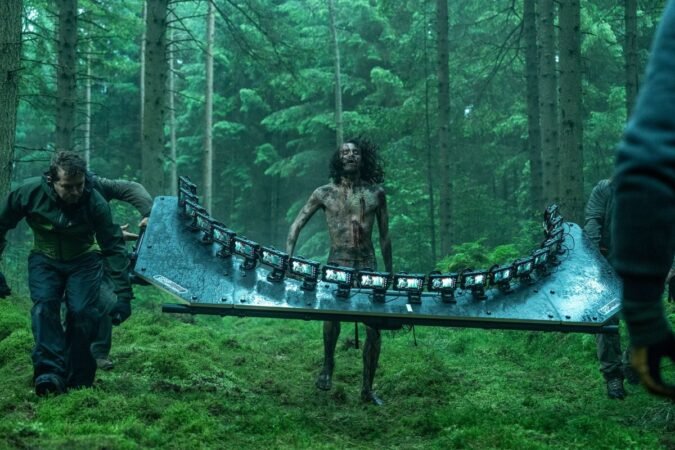Quick Takeaways
-
Director Danny Boyle utilized Canon digital cameras for "28 Days Later”; enhancing the film’s eerie portrayal of a desolate London and delivering intense zombie action.
-
For the sequel "28 Years Later”; Boyle adopted an innovative rig with 20 iPhone Pro Max cameras to achieve a "poor man’s bullet time" effect for dynamic action sequences.
-
The iPhone served as the principal camera for the film, with Boyle modifying settings and adding accessories to maximize its capabilities.
- Shooting with iPhones allowed the crew to operate with minimal equipment, facilitating quick and unobtrusive filming in historically preserved locations in Northumbria.
The Evolution of Filmmaking Technology
Filmmaking has always embraced technological advancements. Directors often seek tools that enhance storytelling while simplifying the process. Danny Boyle’s choice to use iPhones in “28 Years Later” exemplifies this trend. The iPhone can capture high-quality footage without the bulk of traditional equipment. With a specially designed rig, Boyle utilized multiple iPhone Pro Max cameras to create dynamic scenes. This marked a shift toward accessibility in filmmaking.
Moreover, the decision aligns with the current enthusiasm for consumer technology in creative work. Transitioning from high-end cameras to smartphones demonstrates that quality does not solely depend on expensive gear. Instead, innovative filmmakers can harness readily available tools to achieve professional results. By using iPhones, Boyle achieved a “poor man’s bullet time,” allowing for multiple perspectives in action sequences. This approach not only enhances the film’s visual impact but also transforms how filmmakers view equipment.
Practical Choices in Cinematic Storytelling
Choosing to film in remote areas posed logistical challenges. However, filming with iPhones simplified the process. Thus, the crew could navigate spaces that appeared untouched by modern civilization. Boyle emphasized that the iPhone enabled swift movement through these landscapes. Consequently, he captured the eerie essence of isolation, essential for a post-apocalyptic narrative.
This practical choice illuminates broader implications for film production. As directors prioritize storytelling over traditional barriers, we may witness a shift in how films are made. More filmmakers might adopt similar techniques, embracing the capabilities of smartphones. Ultimately, Boyle’s choice reflects a significant contribution to the human journey of storytelling. By making film production more accessible, he inspires creative voices that might otherwise go unheard.
Continue Your Tech Journey
Dive deeper into the world of Cryptocurrency and its impact on global finance.
Stay inspired by the vast knowledge available on Wikipedia.
TechV1

